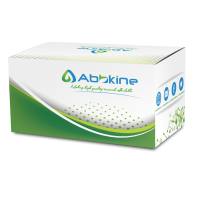Use of 5-HT Receptor Agonists and Antagonists for the Characterization of Their Respective Receptor Sites
互联网
571
Serotonin (5-hydroxytryptamine, 5-HT), was discovered as a serum factor that exerts tonic effects on blood vessels; its chemical structure was elucidated in 1948. The compound gained wide interest among pharmacologists, and in a short time a great number of in vitro and in vivo pharmacological tests had been developed, and a variety of drugs interacting with the actions of serotonin were rapidly discovered. In 1966, Gyermek, in a review on “Drugs which antagonize 5-hydroxytryptamine and related indolealkylamines,” compiled a table with 384 compounds with serotonin antagonistic properties; these compounds belonged to more than 18 different chemical and pharmacological classes. In addition, an impressive list was reported that consisted of 26 different tests for measuring serotonergic effects on isolated organs and 33 tests related to the action of serotonin in vivo, plus a number of indirect effects. At that time, the author wondered whether the vast interest paid to serotonin was fully deserved. He stated, “It turned out that besides the potent pharmacological actions of exogenous serotonin, the endogenous amine in mammals does not play many well-defined physiologic or pathologic roles.” Existing drugs were found to be nonselective, and it was hoped that “specific antagonists” would be developed for analyzing the effects of indolealkylamines in various organisms (Gyermek, 1966).







